Monthly Archives: December 2021
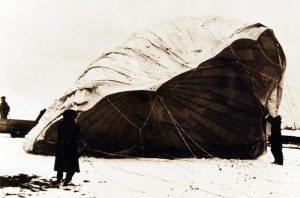 Thermopolis, Wyoming…a favorite destination for my husband and me. We take a trip there every year for our anniversary. I suppose that for many people, Thermopolis would seem too quiet, too small, and too little to do, but for us it is just perfect. With its hot springs and river walk trail, it is just perfect for us, and the hot spring ponds filled with goldfish of a size you simply cannot imagine until you see them. I’ve been told that they came from people getting rid of the small goldfish, and the warm water, along with the pond size, allowed the smaller goldfish to grow quite large. Thermopolis also had a dinosaur museum, although we have never been there. We go to the area for the hot tub and the trail for sure.
Thermopolis, Wyoming…a favorite destination for my husband and me. We take a trip there every year for our anniversary. I suppose that for many people, Thermopolis would seem too quiet, too small, and too little to do, but for us it is just perfect. With its hot springs and river walk trail, it is just perfect for us, and the hot spring ponds filled with goldfish of a size you simply cannot imagine until you see them. I’ve been told that they came from people getting rid of the small goldfish, and the warm water, along with the pond size, allowed the smaller goldfish to grow quite large. Thermopolis also had a dinosaur museum, although we have never been there. We go to the area for the hot tub and the trail for sure.
While Thermopolis might seem like the safest little out of the way place, there was a time when it was actually a target for an attack. During World War II, the Japanese set their sights on Wyoming. It makes little sense to me, but it was the target they chose. During World War II, the Japanese were experimenting with a new kind of bomb. It really wasn’t the greatest idea, but they did send some of them out. The problem with balloons is that it’s difficult to control where it is going…especially when it is unmanned. It’s hard to say what the exact target was, but on December 5, 1944, coal miners outside of Thermopolis heard something from the skies above and saw an explosion streak across the dark sky. When the object landed, it was discovered to be a Japanese Fu-Go Balloon Bomb. Though the Japanese launched 9,300 of these bombs, only about 300 made it to land, and the Thermopolis bomb was the first one to reach the United States. 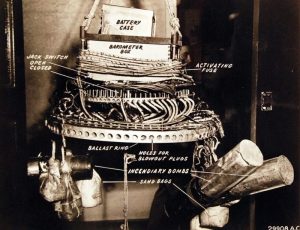
I find it hard to believe that the first Fu-Go Balloon Bomb made it all the way to Wyoming before exploding, when the only Fu-Go Balloon Bomb to actually kill anyone was one that landed near Bly, Oregon on May 5, 1945, that killed a pregnant woman and five children after they approached the unexploded balloon that had landed nearby. The balloon exploded as they investigated it. After that, the public was warned to stay away from the objects, but the news stories were still scarce. In fact, the Japanese only ever learned of the landing in Wyoming!! I have no idea how the media held themselves back.
Landing so many balloons in America was an impressive feat because the inter-continental attack was considered impossible at the time. Whatever the Japanese had hoped to gain by this relatively ineffective “bomb” is unknown, but it was a real failure. My guess is that most of them exploded over the ocean, doing no damage. Nevertheless, these massive balloons were a bit of a marvel…so to speak. They had to carry more than 1,000 pounds across the ocean, which was no easy task, especially for technology at the time. The fact that any of them made it here was impressive, I suppose. They were impressive balloons from a technologic standpoint. They were controlled by altimeters that kept the balloon in the newly discovered jet stream until it was over America, where it would fall to the ground and detonate…or so was the plan. The goal of the mission was to cause panic and fear in the United States, but a media blackout meant that these landings and 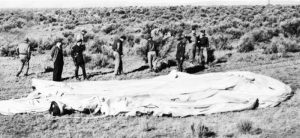 explosions went unreported. A blackout was the only way.
explosions went unreported. A blackout was the only way.
These attacks were actually quite amazing, because they were the longest ranged assaults in the history of warfare. It wasn’t until 1982 (during the Falkland Islands War) that the distance was topped. Today, the story of the Fu-Go Balloon Bombing is rarely told in Wyoming outside of Thermopolis, where it has supposedly become local folklore. Strange that I have never heard of it, even with the many years we have been spending our anniversary there. I will most definitely have to ask about it the next time we go.
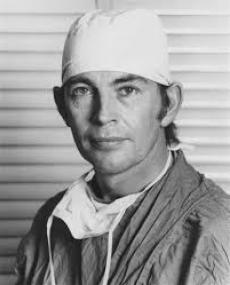 For a heart surgeon, there comes a point with a heart, when the diseased part is bad enough that it can’t be fixed. No matter how hard he tries, it is going to take a miracle to save the owner of that heart. That was the place that Dr Christiaan Neethling Barnard was facing in November 1967. His patient, 54-year-old Louis Washkansky was…well, dying, with little hope of survival. Heart transplants weren’t done every day like they are these days, and Barnard had told Mr and Mrs Washkansky that the operation had an 80% chance of success, an assessment which has been criticized as misleading, but by the same token, Mr Washkansky had no chance of survival without the transplant. Then, the opportunity presented itself, in the form of accident victim, Denise Darvall.
For a heart surgeon, there comes a point with a heart, when the diseased part is bad enough that it can’t be fixed. No matter how hard he tries, it is going to take a miracle to save the owner of that heart. That was the place that Dr Christiaan Neethling Barnard was facing in November 1967. His patient, 54-year-old Louis Washkansky was…well, dying, with little hope of survival. Heart transplants weren’t done every day like they are these days, and Barnard had told Mr and Mrs Washkansky that the operation had an 80% chance of success, an assessment which has been criticized as misleading, but by the same token, Mr Washkansky had no chance of survival without the transplant. Then, the opportunity presented itself, in the form of accident victim, Denise Darvall.
The time had come, and on December 3, 1967, Darvall’s heart was transplanted by Dr Bernard into Washkansky. As with any new procedure, there were the inevitable risks, and while Washkansky regained full consciousness and was able to talk easily with his wife, he developed pneumonia eighteen days later and because of his compromised immune system, due largely to the anti-rejection drugs, he died eighteen days later of pneumonia, largely brought on by the anti-rejection drugs that suppressed his immune system. Dr Bernard could have given up, but he did not. His second heart transplant patient, Philip Blaiberg received his new heart in 1968, and while his life after that was not long, he did live another year and a half. Of course, these days, the heart transplant patient has a much better prognosis because of how much medical procedures have improved.
Born in Beaufort West, Cape Province, South Africa, on November 8, 1922, Bernard studied medicine and practiced for several years in his native South Africa. As a young doctor, he experimented on dogs, which I suppose might make some people angry. Nevertheless, Barnard developed a remedy for the infant defect of intestinal atresia. Intestinal atresia refers to a part of the fetal bowel that is not developed, and the intestinal tract becomes partially or completely blocked (bowel obstruction). His technique saved the lives of ten babies in Cape Town and was adopted by surgeons in Britain and the United States.
In 1955, Bernard decided to travel to the United States to further his studies. He was initially assigned further 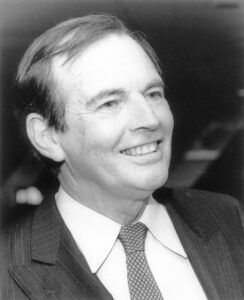 gastrointestinal work by Owen Harding Wangensteen at the University of Minnesota. Then, Bernard was introduced to the heart-lung machine, and was allowed to transfer to the service run by open heart surgery pioneer Walt Lillehei. After his study abroad, he returned to South Africa in 1958. Barnard was appointed head of the Department of Experimental Surgery at the Groote Schuur Hospital in Cape Town. After a long and successful career, Bernard retired as head of the Department of Cardiothoracic Surgery in Cape Town in 1983 after rheumatoid arthritis in his hands ended his surgical career. Still, he could not leave surgery completely alone. He became interested in anti-aging research, and in 1986 his reputation suffered when he promoted Glycel, an expensive “anti-aging” skin cream, whose approval was withdrawn by the United States Food and Drug Administration soon thereafter. During his remaining years, he established the Christiaan Barnard Foundation, which was dedicated to helping underprivileged children throughout the world. He died on September 2, 2001 at the age of 78 in Paphos, Cyprus after an asthma attack.
gastrointestinal work by Owen Harding Wangensteen at the University of Minnesota. Then, Bernard was introduced to the heart-lung machine, and was allowed to transfer to the service run by open heart surgery pioneer Walt Lillehei. After his study abroad, he returned to South Africa in 1958. Barnard was appointed head of the Department of Experimental Surgery at the Groote Schuur Hospital in Cape Town. After a long and successful career, Bernard retired as head of the Department of Cardiothoracic Surgery in Cape Town in 1983 after rheumatoid arthritis in his hands ended his surgical career. Still, he could not leave surgery completely alone. He became interested in anti-aging research, and in 1986 his reputation suffered when he promoted Glycel, an expensive “anti-aging” skin cream, whose approval was withdrawn by the United States Food and Drug Administration soon thereafter. During his remaining years, he established the Christiaan Barnard Foundation, which was dedicated to helping underprivileged children throughout the world. He died on September 2, 2001 at the age of 78 in Paphos, Cyprus after an asthma attack.

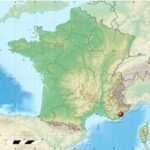 A strange thought, indeed, but Posthumous Marriage is not illegal in France…at least not since the Malpasset Dam disaster of December 2, 1959. While most of us would consider Posthumous Marriage to be a rather morbid idea, there are a couple of reasons that are considered legitimate reasons for the request for such a marriage to be granted. One such reason is, of course, a matter of deep emotional feelings for the lost fiancé. Another reason is to legitimize any children the couple already had, prior to the marriage…which I guess I can see, to a degree. There are rules that must be followed in order to have such a marriage approved…no matter what the reasons. The living partner must ask the deceased partner’s family for permission, and the invitations to the wedding must have already been sent out (showing intent from both members of the couple). The family can choose to allow, or not to allow the marriage, and if they do not agree, it is over. If family approval is given, the living partner must go before a judge to get legal permission to “marry” the deceased partner…who is usually represented at the service with a photograph. And…there are things that do not come with the marriage, such as any of the deceased partner’s property or money. In all reality, it is simply a symbolic event declaring their love for their partner. Nothing more!!
A strange thought, indeed, but Posthumous Marriage is not illegal in France…at least not since the Malpasset Dam disaster of December 2, 1959. While most of us would consider Posthumous Marriage to be a rather morbid idea, there are a couple of reasons that are considered legitimate reasons for the request for such a marriage to be granted. One such reason is, of course, a matter of deep emotional feelings for the lost fiancé. Another reason is to legitimize any children the couple already had, prior to the marriage…which I guess I can see, to a degree. There are rules that must be followed in order to have such a marriage approved…no matter what the reasons. The living partner must ask the deceased partner’s family for permission, and the invitations to the wedding must have already been sent out (showing intent from both members of the couple). The family can choose to allow, or not to allow the marriage, and if they do not agree, it is over. If family approval is given, the living partner must go before a judge to get legal permission to “marry” the deceased partner…who is usually represented at the service with a photograph. And…there are things that do not come with the marriage, such as any of the deceased partner’s property or money. In all reality, it is simply a symbolic event declaring their love for their partner. Nothing more!!
So how did such a strange idea get started in the first place. On December 2, 1959, the Malpasset Dam, an arch dam on the Reyran River, which is located approximately 4 miles north of Fréjus on the French Riviera (Côte d’Azur), Southern France, in the Var department collapsed, killing 423 people in the resulting flood. Signs of an imminent collapse began in November 1959, when a “trickle of clear water observed high on the right [side]” and then cracks noticed later in the month in the concrete apron at the dam toe. The dam was breached at 9:13pm on December 2, 1959. The break was partially due to rainfall and thus the rising level of water. By noon that day, the reservoir had reached its maximum level, and the guardian André Ferro asked for permission to release the excess water, but was denied the ability to do so until 6:00pm of that day. By then, the amount of water was so high that it took three hours to release only a few centimeters of water. The entire wall then collapsed leaving only a few blocks on the right bank. Pieces of the dam are still scattered throughout the area to this day. The damage amounted to an equivalent total of 68 million US dollars.
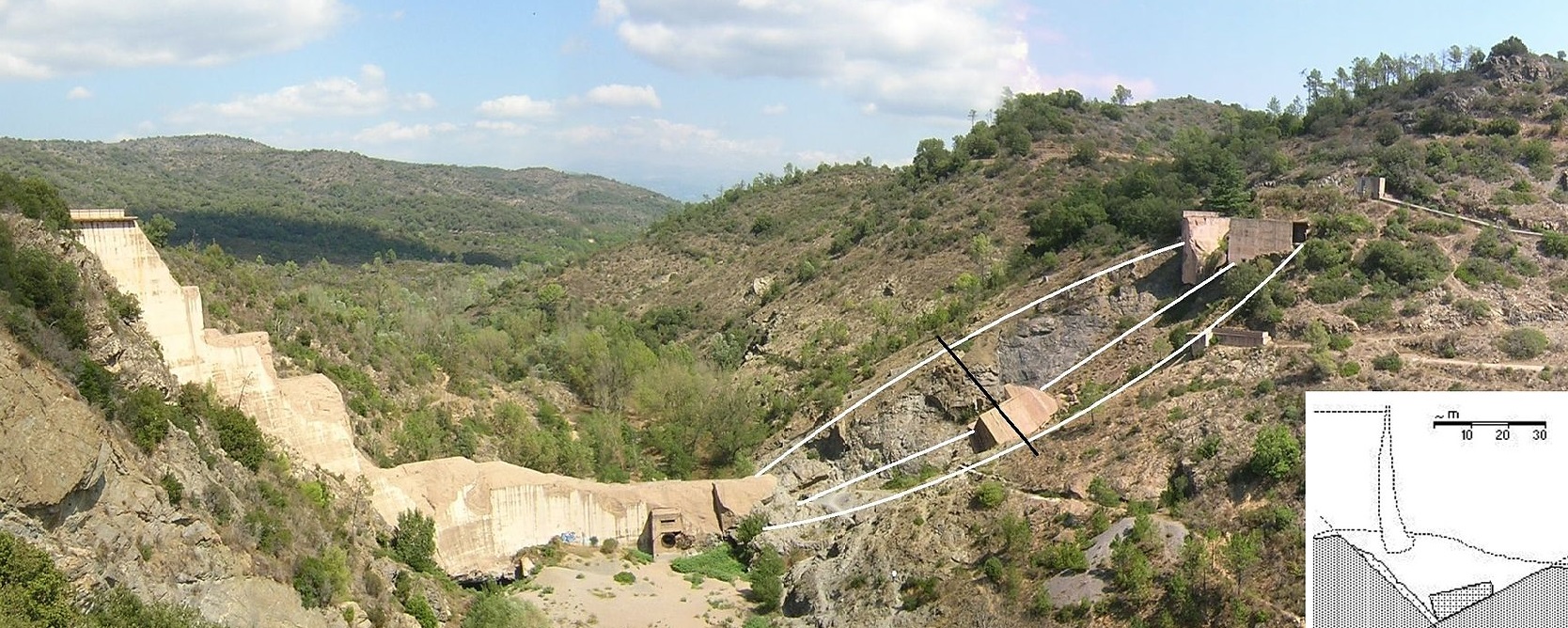
Apparently, there were so many women who lost their fiancés, that the event also ushered in the practice of posthumous marriage in France. It’s hard for me to imagine that out of 423 people, there were enough fiancés to warrant the need for a new law. I could assume that at least some of those couples were…dating yes, but not planning their weddings. Remember, that the invitations had to have been sent out, so there were a lot of couples in varying stages of wedding planning. Still, posthumous marriage is a very strange idea.
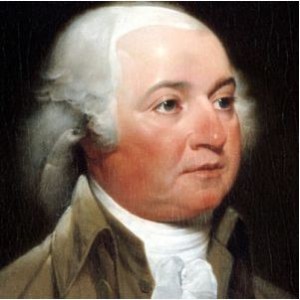 His Elective Majesty…sounds almost laughable, but it was almost the proper way to address the President of the United States, a fact that some presidents would probably have liked very much. Some presidents have tried to “rule” as a king would have, so they figure, why not buy in whole heartedly. One such president, who in fact made the original suggestion of title, was none other than, at the time, Vice President John Adams. The idea came from the fact that other heads of state are known by honorifics such as “His Excellency” and such, but United States presidents are only ever Mr President…or “sir” in a pinch. I’m sure that John Adams already had his sights set on becoming president at some point, and the second president of the United States seemed as good a time to run as any…or maybe he liked his own idea very much.
His Elective Majesty…sounds almost laughable, but it was almost the proper way to address the President of the United States, a fact that some presidents would probably have liked very much. Some presidents have tried to “rule” as a king would have, so they figure, why not buy in whole heartedly. One such president, who in fact made the original suggestion of title, was none other than, at the time, Vice President John Adams. The idea came from the fact that other heads of state are known by honorifics such as “His Excellency” and such, but United States presidents are only ever Mr President…or “sir” in a pinch. I’m sure that John Adams already had his sights set on becoming president at some point, and the second president of the United States seemed as good a time to run as any…or maybe he liked his own idea very much.
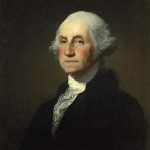
Apparently, thinking that the office of the President of the United States needed a title with more grandeur, Adams suggested that a president should be referred to as either “His Elective Majesty,” “His Mightiness,” or the slightly excessive “His Highness, the President of the United States of America and the Protector of their Liberties.” Just imagine any of those ideas. Every one of them make me giggle. Just take a moment to say (out loud) those titles in connection with the president…any president. With some presidents, any one of these titles is hilarious, and I’ll let you to decide to whom that statement applies, because these days we all have very specific opinions on the matter.
In those days, Washington was very aware of public fear about their newly won democracy slipping back into a 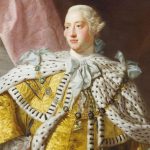 monarchy. They didn’t want this new nation to be too similar to England. They didn’t want this newly free nation to become once again ruled by a different kind of monarchy. So, they refused to allow the president to be titled as anything other than “The President of the United States.” They were right, of course, because the United States is not a “spin-off” of England…like England 2.0. The United States is a very unique nation…unlike any other, before her or after her. This nation was founded by people who refused to be told what to believe anymore. That is why they left England, where they were forced to live under a “state religion.” The nation was founded as “one nation, under God.” We would not have a king, because Jesus was our King of kings. We couldn’t give that title to a mere man.
monarchy. They didn’t want this new nation to be too similar to England. They didn’t want this newly free nation to become once again ruled by a different kind of monarchy. So, they refused to allow the president to be titled as anything other than “The President of the United States.” They were right, of course, because the United States is not a “spin-off” of England…like England 2.0. The United States is a very unique nation…unlike any other, before her or after her. This nation was founded by people who refused to be told what to believe anymore. That is why they left England, where they were forced to live under a “state religion.” The nation was founded as “one nation, under God.” We would not have a king, because Jesus was our King of kings. We couldn’t give that title to a mere man.

